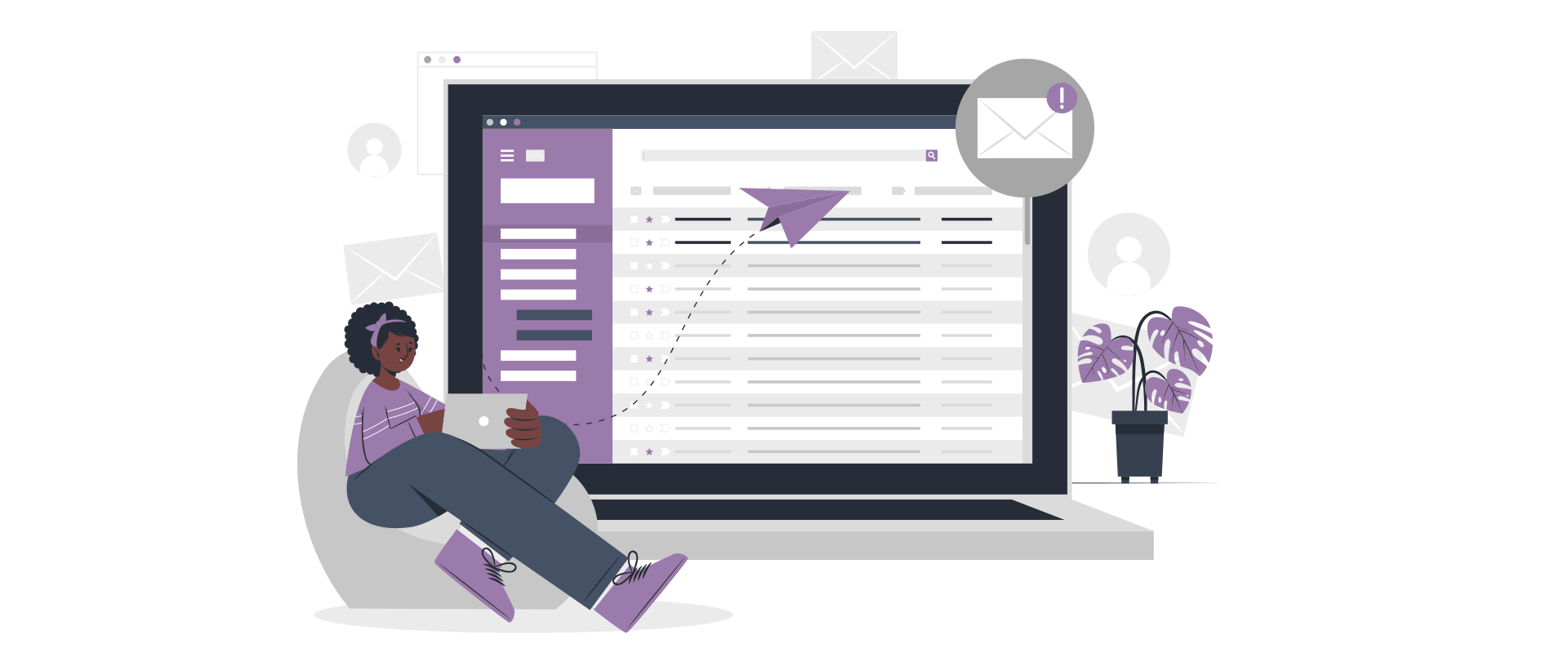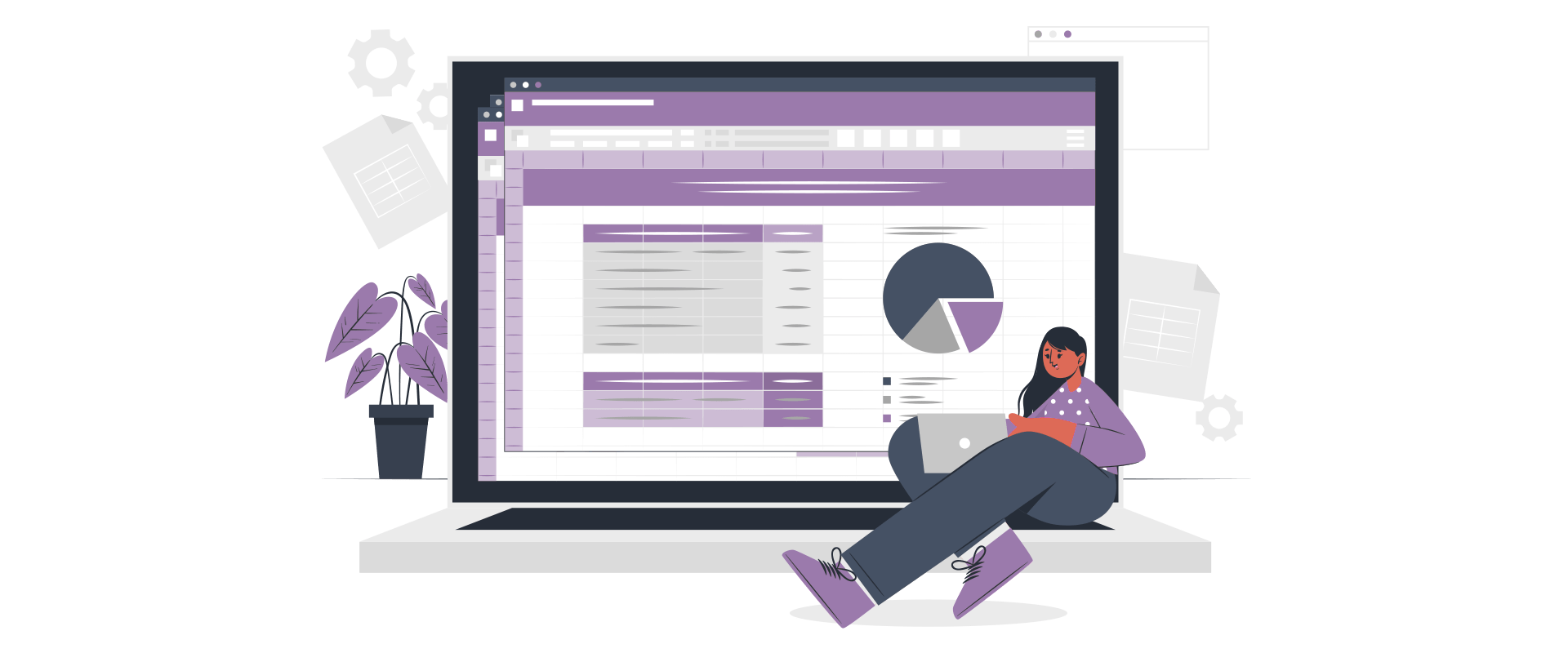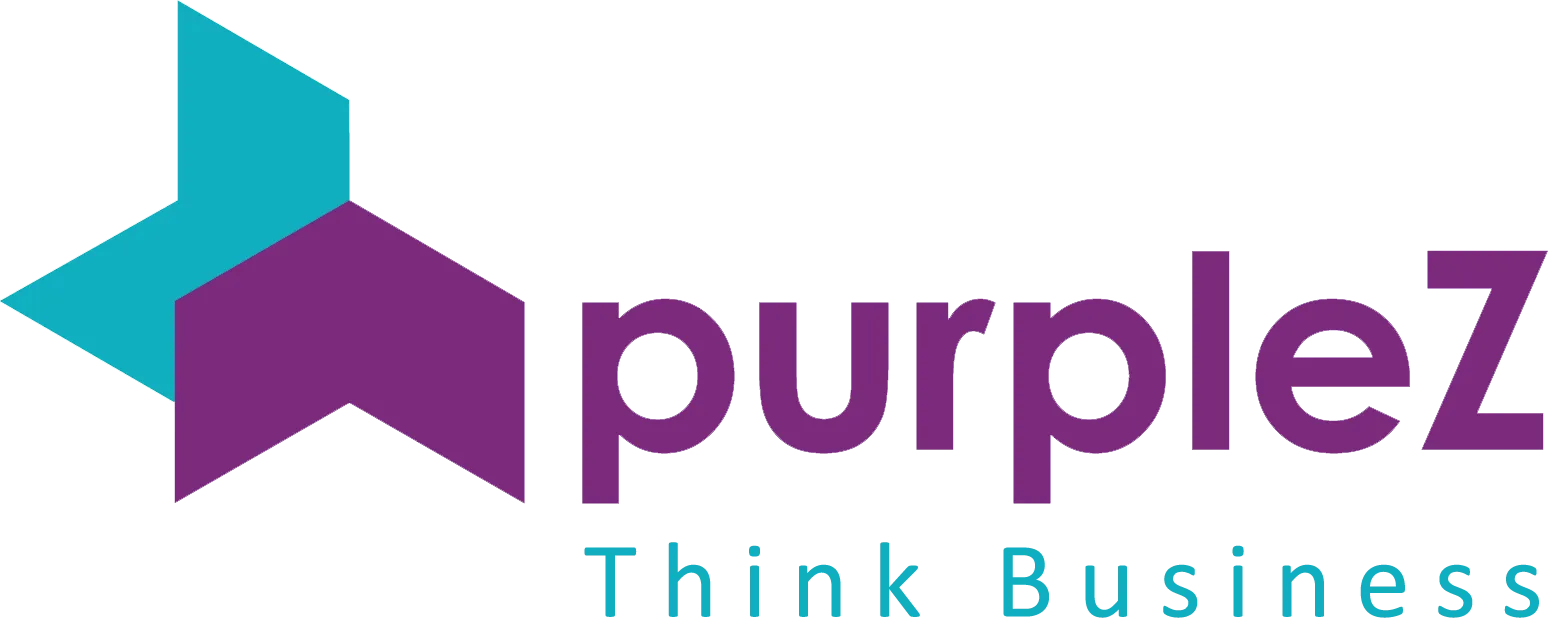
Engaging with consumers and boosting sales can be effectively achieved through the use of email marketing. It is a potent strategy that can yield great results. It provides a direct and customizable method of communication, allowing organizations to scale their efforts effectively. A recent study by The Radicati Group projected that global email revenues would exceed $282 billion by 2020, highlighting its significant potential.
Understanding Email Marketing Conversion Rate
If your emails contain visually appealing newsletters featuring relevant articles and links, you’re likely to have a higher conversion rate compared to plain text emails without any graphics.
However, it’s important to understand that a higher conversion rate doesn’t necessarily translate to immediate sales. Opening an email can indicate various intentions, such as seeking more information or staying updated on special promotions. It’s essential to consider the broader context when interpreting this metric.
Factors Affecting Email Marketing Conversion Rate

Several factors impact the email marketing conversion rate, including open rates, click rates, unsubscribe rates, and bounce rates. These metrics help evaluate the performance of your email campaigns and provide insights into audience preferences. By analyzing these factors, you can optimize future campaigns for improved results.
Building an Engaging Email List
When building your email list, quality should take precedence over quantity. It is crucial to ensure that subscribers have willingly opted in, indicating genuine interest, rather than simply being added through random promotions or giveaways.
To grow your email list effectively, focus on engaging your audience and providing value. Utilize social media channels like Facebook, create landing pages, and publish blog posts that cater to your target audience’s interests. By driving traffic to these pages and offering incentives such as free reports or exclusive content, you can encourage visitors to sign up, leading to more engagement and potential conversions.
Designing Conversion-Focused Email Campaigns

The call to action (CTA) is the cornerstone of an effective email campaign. It directs recipients’ actions and guides them toward conversion. A strong CTA should provide clear instructions on the next steps, while a weak one may leave recipients unsure about what to do.
When crafting CTAs, consider different types, such as implicit (relying on design cues), explicit (using explicit language like “Click here”), and implied (using elements that suggest action, like arrows pointing to buttons). Tailor your CTAs to match the desired outcome and make them visually prominent to capture recipients’ attention.
Crafting Compelling Subject Lines
Subject lines play a vital role in capturing recipients’ attention and motivating them to open your emails. A compelling subject line should be concise, relevant, grammatically correct, and easy to understand. By making your subject lines clear and engaging, you enable potential customers to quickly assess the value of your emails and decide whether to read further.
Writing Persuasive Email Copy
When writing email copy, focus on using clear and concise language that eliminates confusion. Personalize your messages by using pronouns like “you” and incorporating personalized details to build trust and connection with readers. Aim for a conversational and human tone rather than sounding like a faceless marketing message.
Optimizing Email Call-to-Action (CTA) Buttons
The CTA button within an email holds significant importance in driving click-through rates. To make your CTA buttons stand out effectively, consider the following tips:
- Make the CTA visually distinct by using contrasting colors that grab attention.
- Ensure the CTA button’s size is noticeable and proportional to the rest of the content.
- Position the CTA button clearly, minimizing any confusion about the intended action.
- If necessary, provide additional visual cues or hover effects to help users understand the purpose of the CTA.
Leveraging Personalization and Segmentation
Personalization and segmentation are valuable techniques for improving email marketing conversion rates. Personalization involves tailoring messages based on individual customer interests, preferences, location, or other relevant factors. Segmentation divides your audience into groups based on shared traits or behaviors, allowing you to deliver customized content and experiences. By implementing personalization and segmentation strategies, you can enhance engagement and increase conversions.
Enhancing Email Deliverability and Open Rates
- Use a reputable email service provider: If you’re using your server, ensure it is secure and can handle large volumes of email traffic.
- Make sure your emails are compliant with email standards: Your messages should be formatted according to industry best practices, including using plain text or HTML (text or rich content) as appropriate, making sure the subject line is relevant and concise, avoiding spammy words like “free” and “money,” keeping links short so they don’t get truncated by inbox providers’ policies on link length limits (this varies from inbox provider to inbox provider), making sure any images contained within an email have alt tags that describe what’s shown in them so screen readers can read this information aloud for visually impaired users who may not be able to see images directly on their devices’ screens (and yes–this includes animated GIFs).
- Ensure delivery into inboxes rather than junk folders: Understand how each recipient’s mail system works so you can configure sending domains appropriately; senders whose domains aren’t recognized by recipients will almost always end up being routed into junk folders rather than inboxes because they don’t have established trust relationships with those recipients yet.”
Analyzing Email Performance Metrics

Understanding email marketing analytics is crucial for the success of any email marketing campaign. Assessing the efficiency of your plan and making appropriate modifications is made possible with this.
An email analytics tool provides various metrics that you should keep track of, with some being more significant than others. To ensure success, it’s important to keep track of certain key performance indicators. These metrics should be closely monitored to make informed decisions.
- The open rate is the total of emails that recipients have opened, which may not necessarily be unique recipients. To obtain this information, most services offer an “Opens” column in their report or on individual messages in their web interface.
- Click-Through Rate (CTR) refers to how often people click links within an email message compared to how often they open it up in their inboxes. To calculate CTRs, divide total clicks by total opens; then multiply this figure by 100%. For example: If there were 1,000 opens during a given period and 100 clicks were made on those opened emails during the said period, then our click-through rate would be 10%.
Strategies for Re-engaging Inactive Subscribers
To reconnect with subscribers who haven’t been active, consider using email marketing automation.
You should also consider using segmentation and personalization strategies for re-engaging inactive subscribers with more relevant content than what they’ve been receiving until now (assuming they’re still interested in receiving information from you). Segmentation divides your list into smaller groups based on certain characteristics such as demographics or purchase history. At the same time, personalization involves tailoring specific messages based on these characteristics so each person gets something relevant only to them.
Nurturing Leads through Email Marketing

Nurturing leads and converting them into customers can be effectively done through email marketing. You can use email marketing to:
- Keep your subscriber list updated and informed by regularly sending newsletters or updates to increase awareness of your company and its products/services.
- Drive traffic directly to specific pages on your site by including permalinks in your emails, thus increasing the chances of conversion.
- Establish trust with potential customers by sharing testimonials from satisfied customers, which can help build credibility for your brand.
Conclusion
Evaluating the success of email marketing campaigns can be challenging, even though they are an effective way to generate leads and sales. While metrics like open rates and click-through rates offer some insight into the performance of your campaigns, they do not provide a comprehensive picture. These metrics do not account for subscribers who engage with your emails but do not take any action.
To get a more accurate assessment of your email campaigns, consider integrating customer journey analytics into your strategy. This approach allows you to track every step in each subscriber’s journey towards conversion or re-engagement.
Need professional help with Email marketing? Visit our website for a free marketing audit, and let’s discuss your needs.

